Boston Children's Museum
308 Congress Street, Boston, MA 02210
617-426-6500
© Boston Children’s Museum 2025
Website Design by Jackrabbit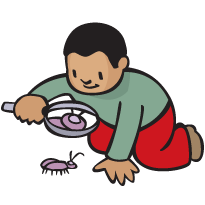
No matter where you are, a surprising array of living things occupies the same space. In the city, in the country, in the suburbs—many species of insect, arachnid, worm and other organisms can be found if you take the time to look. Giving children the opportunity to do an inventory of these creatures not only familiarizes them with living things and classification, but instills in them a sense of place and an understanding of and an appreciation for their home environment.
VIEW ACTIVITY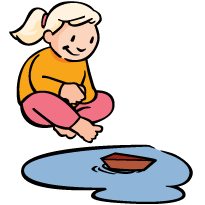
Designing and building small boats out of clay gives children a chance to practice critical observation skills, problem solving skills and communication skills as they work with their teammates. In addition, children are asked to manipulate an intrinsically interesting material that at first seems not quite right for the job—until they explore a little more and discover the possibilities.
VIEW ACTIVITY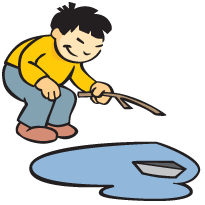
Even very young children can fold a sheet of aluminum foil into a shape that will float. Adapting the boat for improved performance requires a little more dexterity and an ability to observe and make conclusions about the materials and their functions. In addition measurement, record keeping and problem solving skills are all required in this simple activity.
VIEW ACTIVITY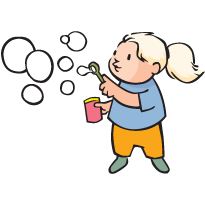
Are bubbles always round? Does a bubble look the same in the air as it does on the table, or in a soda bottle—or in a cube? Experiment with these materials and find out!
VIEW ACTIVITY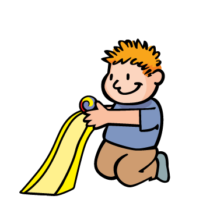
Children get too few chances to experiment with materials and to design and build objects of their own creation. These Raceways and Roller Coasters activities allow your students these opportunities, and engage them on many different levels as well. Building these tracks and rolling marbles down them help children to develop problem-solving and teamwork skills and touch upon some basic principles of physics like energy, acceleration and momentum.
VIEW ACTIVITY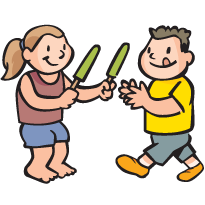
Cooking activities are great for teaching kids how to use measurement tools, giving them a chance to apply math skills like counting, adding, multiplying, etc. In addition, when you give them a chance to design their own recipe, kids have to rely on estimation, problem solving and other science, math and engineering skills. And this activity gives you a chance to talk to them about making healthy choices in what they eat.
VIEW ACTIVITY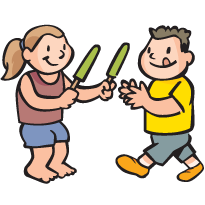
Cooking activities are great for teaching kids how to use measurement tools, giving them a chance to apply math skills like counting, adding, multiplying, etc. In addition, when you give them a chance to design their own recipe, kids have to rely on estimation, problem solving and other science, math and engineering skills.
VIEW ACTIVITY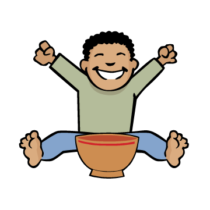
This activity introduces students to The Bowl Game, or “hubbub”, a traditional game played by the Wampanoag and other Native people all across America. In the Northeast United States, the game is sometimes called hubbub because early European settlers who witnessed it being played reported hearing players say “hub, hub, hub” over and over to distract and intimidate the other team. Try all of the winter thanksgiving activities, and you and your students can share in Wampanoag traditions and give thanks to the animals!
VIEW ACTIVITY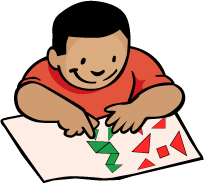
Tangrams have existed for hundreds, maybe even thousands of years. They have remained popular for so long because they are simple to engage in, yet they can truly challenge the mind. By experimenting with tangrams, children will learn about a game from another culture while they investigate geometric concepts, properties and relationships. Tangrams also help children to develop visual thinking, spacial sense and problem solving skills.
VIEW ACTIVITY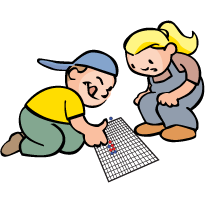
Cultural understanding is easier for children when it is grounded in commonalities. By learning and playing games that children in different cultures also play, kids can come to discover that people from different parts of the world are not as different as they might seem. And while they are discovering this, they will also be developing math skills like visualization, pattern recognition, logical deduction and counting.
VIEW ACTIVITY